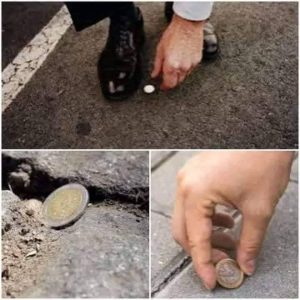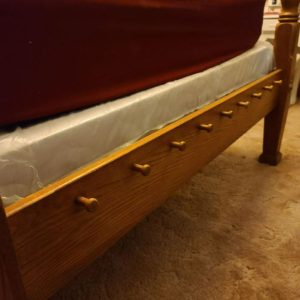In June 1962, Frank Morris and brothers John and Clarence Anglin carried out the most famous prison escape in U.S. history—from Alcatraz, a prison once deemed escape-proof.
The trio spent months meticulously planning. Using homemade tools, they carved holes in their cell walls and crafted dummy heads from soap, toilet paper, and hair to fool guards during bed checks. Their most daring creation was a raft made from stolen raincoats.
On the night of June 11, they crawled through ventilation shafts, climbed to the roof, and vanished into the cold waters of San Francisco Bay.
Their escape was discovered the next morning, launching a massive FBI manhunt. Official reports concluded the men drowned in the bay’s treacherous currents—but no bodies were ever found.
Over time, clues and theories suggested they may have survived. In 2013, a letter surfaced, allegedly from John Anglin, claiming all three lived under new identities for decades. Rumors and reported sightings further fueled speculation.
Scientific studies added weight to survival theories. A MythBusters episode showed a similar raincoat raft could successfully cross the bay. In 2018, AI facial recognition identified strong matches for the Anglin brothers in a 1975 photo taken in Brazil.
Though the FBI closed the case in 1979, the mystery remains unsolved—leaving open the possibility that the infamous Alcatraz escape was not only real, but successful.





